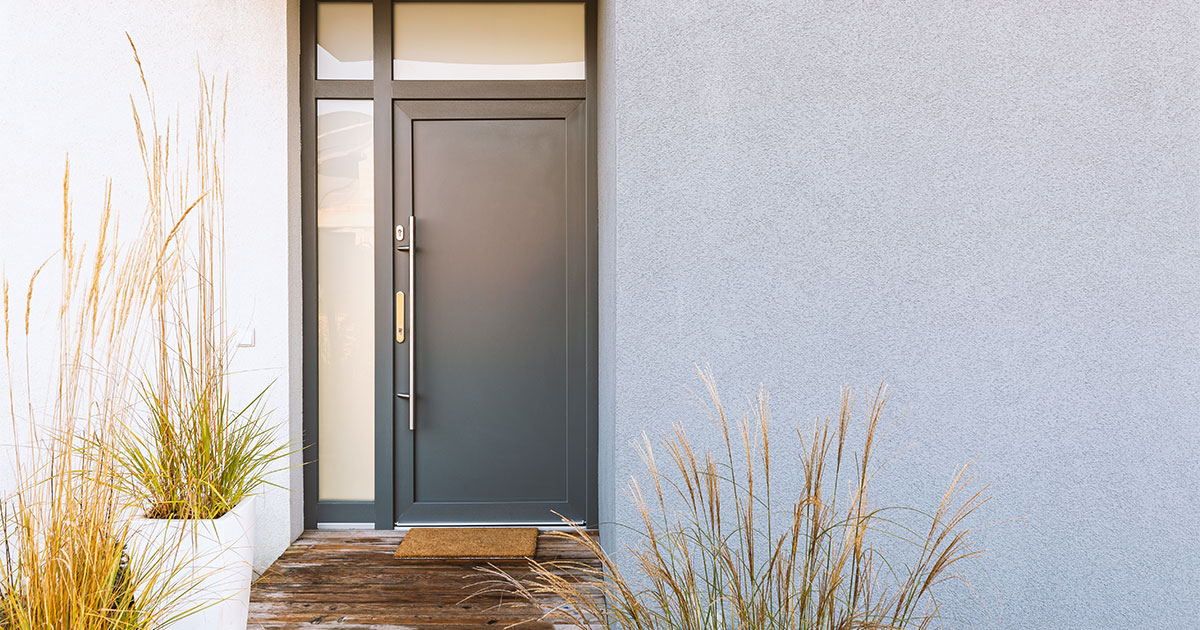How many times have you told the story of how you would have shot a great round, but you had several eights on your scorecard. If a PGA Tour player records an eight on a par four, he or she would have to make four birdies to get back to even par. For most golfers, making four birdies in a round is a tall order. To lower your scores and shoot your best rounds, your goal should be to eliminate the large numbers. The key to eliminating bad holes is to recover after you hit a bad shot.
Think back to your last bad hole. It probably began with a poor tee shot, followed by a bad second shot. Your third shot may have gone in the bunker. It may have taken 2 shots to get out of the bunker onto the green. Out of pure frustration, you add a three putt in for good measure. Sound familiar? Now, think back through the hole and look at the opportunities you could have adjusted to make bogey your worst score. When you hit a bad shot, which everyone does, accept it and adjust your strategy for the hole to try to make bogey your worst score.
Getting the ball on the green as quickly as possible is the key to eliminating bad holes. Your first strategy or Plan A, after a bad shot is to always try to put the ball on the green in regulation if possible. Make sure that the shot you must hit to put the ball on the green in regulation is a reasonable shot. If you must hit a shot perfectly to avoid trouble and get the ball on the green, then it’s probably not a good idea to take the shot. If you take a shot that you must hit perfectly and mishit it, you will probably be adding one to two strokes to your score.
If you can’t put the ball on the green in regulation, it’s time to go to Plan B. Plan B is to put the ball around the green in regulation. If you can put the ball around the green in regulation on a par four, you are leaving yourself with a pitch or a chip shot. If you can pitch or chip the ball on the green and two putt, you will make bogey your worst score. If you one putt, then you make par.
If you are unable to put the ball around the green in regulation, it’s time to fall back to Plan C. Plan C is putting the ball in a position where you have a short to mid-iron left for you approach shot. The ideal goal, if possible is to leave yourself an approach shot that minimizes any trouble. You may need to place the ball on the left or right side of the fairway to leave the safest shot for your approach. Once you choose your approach shot, try to minimize as much trouble as possible. Minimizing trouble on your approach shot may include placing the ball on the left or right side of the green versus going for the pin to avoid bunkers etc. If your approach shot ends successfully on the green, two putts will make bogey your worst score.
In a perfect world, we would hit all perfect shots and have low scores. In the real world, we want to record great scores, but sometimes it’s necessary to avoid high scores. When you hit a bad shot, adjust your strategy for the hole to recover from the bad shot. By adjusting your strategy, you will end up with the best possible outcome and eliminate the large numbers on the scorecard.
Matt Keel
Director of Instruction
Wildfire Golf Club








